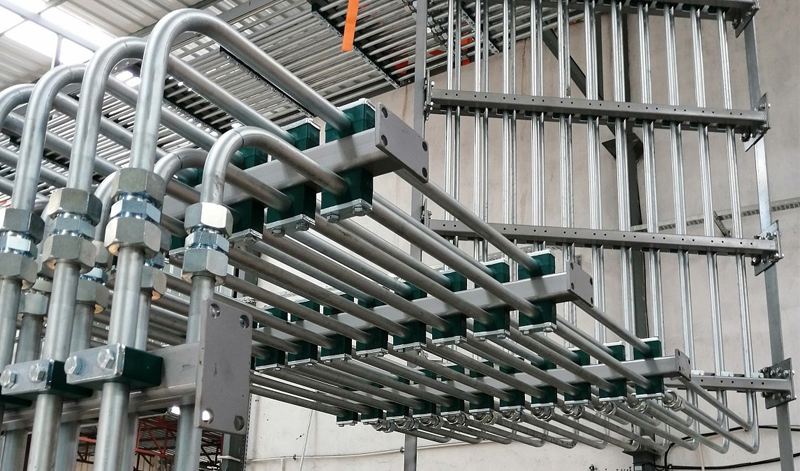Which Trade Install Hydraulic Piping
-
2022-10-25
-

Piping is an essential part of many industrial and commercial installations. Piping systems carry fluids (liquid or gas), compressed air, and vacuum systems.
hydraulic pipework, hydraulic installation
Hydraulic pipework, hydraulic installation
hydraulic pipe bending machine for sale, hydraulic pipe bender for sale, copper pipe fittings, copper pipe cutter, copper pipe sizes, copper pipe riser clamp, copper pipe bender for sale steel pipes and fittings.
hydraulic piping systems design, hydraulic pipe bending machine for sale, hydraulic pipe bender for sale, copper pipe fittings, copper pipe cutter, copper pipe sizes, copper pipe riser clamp, copper pipe bender for sale, steel pipe fittings, steel pipe flanges.
Welcome to our website, [Company Name]. We offer a wide range of products, including hydraulic piping systems design, hydraulic pipe bending machines for sale, hydraulic pipe benders for sale, copper pipe fittings, copper pipe cutters, and more. If you have any questions about our products or would like to purchase any of them please contact us at [Phone Number].
We look forward to hearing from you soon!
a tube that acts as a conduit for fluid under pressure from one place to another.
You can think of a pipe as the conduit for a fluid, which is typically under pressure. Pipes are usually made of steel and copper, although plastic pipes are becoming more common in certain applications. The term “pipe” is also used to refer to the tube itself (or just “tube” if you’re talking about more than one), but that’s not what we mean here—we’re talking about the stuff inside it.
Water pipes carry water from your house to your toilets, sinks and showers; gas lines carry gas from where it’s produced or stored in tanks to where it will be burned for heat/light/power; steam lines carry steam from wherever heat is generated through large heating systems into smaller radiators where they’re distributed throughout homes and businesses.
A safety relief valve is provided to prevent the system being over pressurized – this is particularly important in installations where there are very long runs of oil and gas piping with few opportunities to bleed off excess pressure should the main valve fail to open.
A safety relief valve is provided to prevent the system from being over pressurized – this is particularly important in installations where there are very long runs of oil and gas piping with few opportunities to bleed off excess pressure should the main valve fail to open.
Safety relief valves can be either spring-loaded or gravity operated. The spring-loaded type will automatically close once the set pressure has been reached, while the gravity type must be reset manually after use (usually by turning a handwheel).
Piping systems carry fluids (liquid or gas), compressed air, and vacuum systems.
Piping systems carry fluids (liquid or gas), compressed air, and vacuum systems. They can be used in industrial installations and machines to convey pressurized fluids and gases, either as a result of their own pressure or that of another source.
Systems include the following:
- Pipelines for liquids, gasses, and steam;
- Pressure pipes with welded joints;
- Heat exchangers with piping connections made by soldering or brazing;
Piping systems can be defined as follows: all ductwork, cables, and tubing that carry fluids from one point to another within an installation or machine. A system typically consists of several components forming a complete assembly for transporting fluid at high-pressure levels throughout the machine being installed.
Hydraulic Pipe Clamps Heavy-duty support clamps provide a uniform distribution of forces on rigid piping.
Hydraulic pipe clamps are used to support rigid piping in hydraulic systems. The heavy-duty support clamps provide a uniform distribution of forces on rigid piping, reducing the tendency for the ends to sag or pull away from each other when subjected to high pressure. In this way, hydraulic pipe clamps offer greater protection against system failure than other types of clamping devices or no clamping device at all.
Piping can be used in industrial installations and machines to convey pressurized fluids and gases.
Piping systems carry fluids (liquid or gas), compressed air, and vacuum systems. They are also used to transmit electricity to machinery, equipment, and tools in an industrial environment.
The main components of a piping system include:
- Piping – The tubing that transports the fluid from one point to another within your facility;
- Valves – Controls which direction the fluid travels;
- Fittings – Connects sections of piping together;
- Flanges – A flange is a type of fitting that allows for expansion and contraction between two different-sized pipes when temperature changes occur.
Piping is generally installed above ground on supports which allows easy access for inspection and maintenance.
Piping is generally installed above ground on supports which allows easy access for inspection and maintenance.
Piping can be installed below the ground, however, this is more complicated and often requires an excavator to dig a trench so that the piping can be laid down. The water distribution pipes need to be protected against corrosion by using concrete or other suitable materials which will provide physical protection as well as chemical protection in order to prevent any deterioration of the pipe material due to soil acidity or alkalinity.
Conclusion
A hydraulic piping system consists of pipes that connect the different components of an industrial machine. These pipes can be made from a variety of materials including steel, copper,



